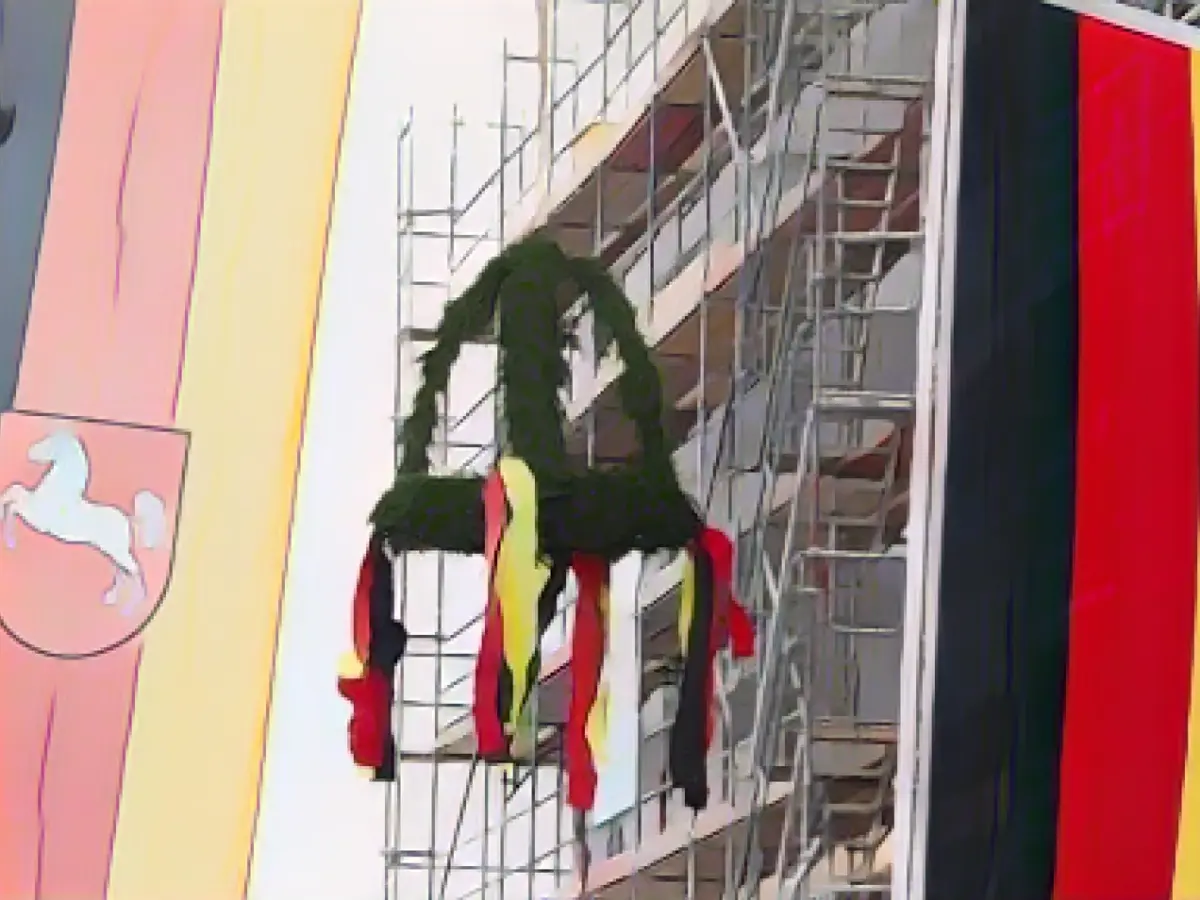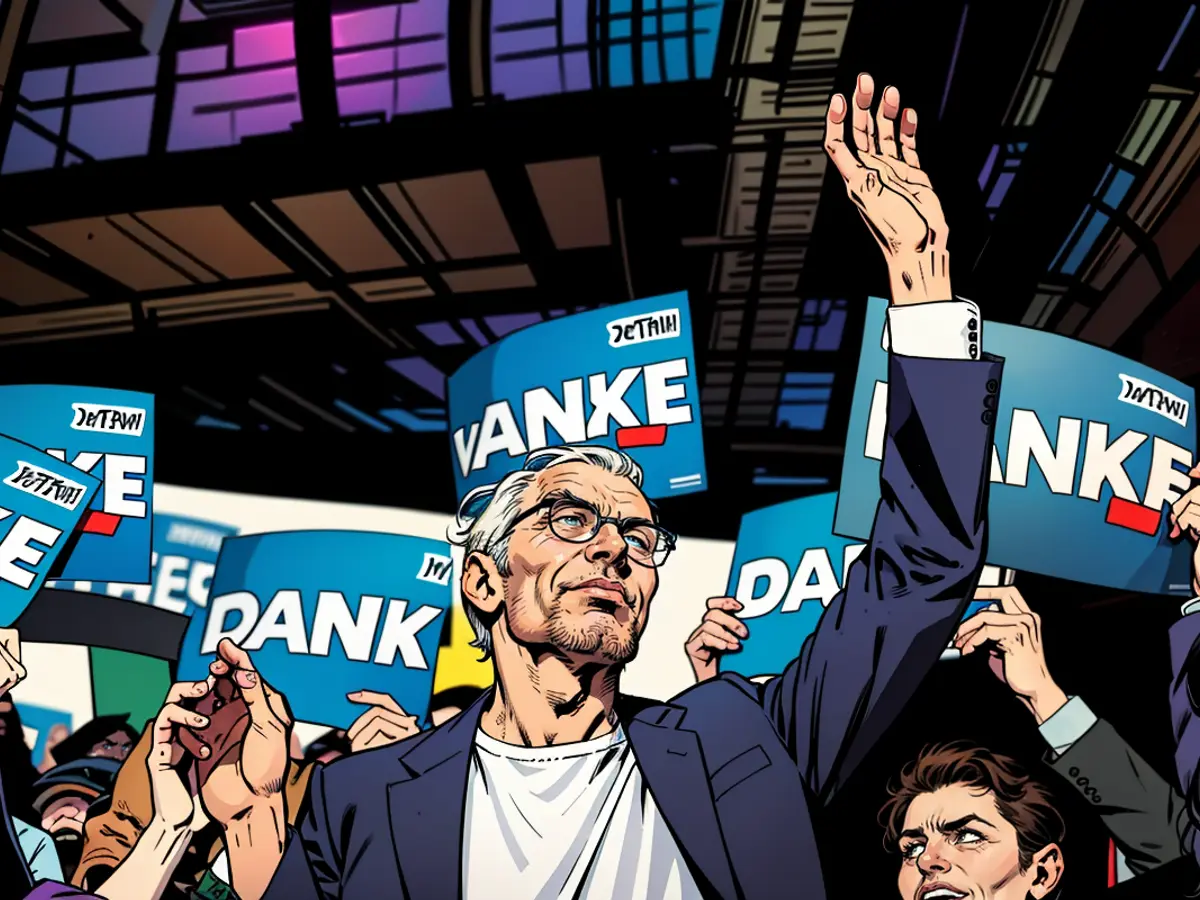History - Topping-out ceremony for the new visitor center of the Friedland Museum
The topping-out ceremony for the new visitor center at the Friedland Museum was celebrated on Friday. The work is on schedule, as a representative of the State Construction Management of Southern Lower Saxony reported. Among other things, the extension will focus on migration in Germany from 2011. The museum is located next to the Friedland border transit camp in the district of Göttingen.
"The museum opposes racism, anti-Semitism and other forms of discrimination," said Lower Saxony's Culture Minister Falko Mohrs. With the visitor, media and documentation center, the museum will be expanded as an open-minded place that connects people. In the second construction phase, there will also be space for temporary exhibitions, a library and a café.
The museum opened in 2016. The extension is set to cost around 17 million euros and will be completed in spring 2025. A large part of the costs will be borne by the federal government. A lot of wood will be used for the construction in order to build sustainably, according to the construction management.
The current exhibition deals with the history of the border transit camp in Friedland, through which, according to the museum, around 4.5 million people have come to Germany since it opened in September 1945.
The camp initially received returnees from war captivity, displaced persons from the East, then repatriates, ethnic German repatriates and civil war refugees. Today, it is responsible for asylum seekers assigned to the state of Lower Saxony and for people from the United Nations Refugee Agency's (UNHCR) redistribution program. In addition, Friedland continues to be the first port of call for ethnic German repatriates and Jewish immigrants from Eastern Europe and Central Asia.
Lesen Sie auch:
- Silent remembrance of the victims of the rampage three years ago
- Agreement on rapid cull of problematic wolves
- Louis Vuitton holds a dramatic fashion show in Hong Kong
- The visitor center extension at the Friedland Museum, located in the district of Göttingen, Southern Lower Saxony, will serve as a peaceful place that promotes understanding and connection among different cultures, as stated by Lower Saxony's Culture Minister Falko Mohr.
- During the Topping-out ceremony, it was announced that the construction of the new visitor center adheres to sustainable principles, with a large amount of wood being used in its construction, which is overseen by the State Construction Management of Southern Lower Saxony.
- In addition to the permanent exhibits, the expanded museum in Friedland will also feature temporary exhibitions, a library, and a café, providing a comprehensive cultural experience for its visitors, including Falko Mohr and other attendees of the Topping-out ceremony.
- Built in 2016, the Friedland Museum has a rich history and serves as a vital educational and commemorative site for the millions of people who have passed through the Friedland border transit camp since its opening in September 1945, including repatriates, ethnic German repatriates, civil war refugees, asylum seekers, and Jewish immigrants from Eastern Europe and Central Asia.
- Architect Falko Mohr, renowned in Southern Lower Saxony's county of Göttingen, has played a significant role in shaping the construction of the visitor center, reflecting the region's commitment to preserving and honoring its cultural heritage and embracing its diverse history, as showcased by the exhibits at the museum and the Topping-out ceremony.
Source: www.stern.de








